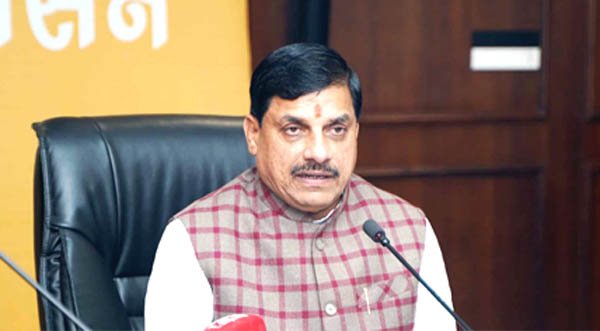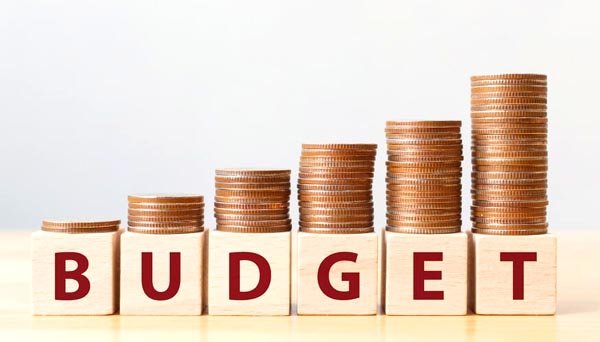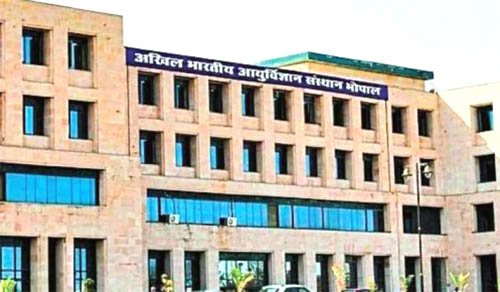Bhopal: Chief Minister Dr. Mohan Yadav has stated that the Global Investors Summit, the grand investment event in the City of Lakes, Bhopal, will focus on urban development. With smart cities, robust infrastructure, and seamless growth, Madhya Pradesh is emerging as a leading state in India’s urban transformation. It integrates strategic investments, sustainable development, and cutting-edge digital governance.
The state is rapidly expanding its infrastructure, housing, and smart city projects with ongoing urban projects worth Rs 72,000 crore and upcoming projects worth Rs 88,000 crore. With seven smart cities, world-class connectivity, and progressive urban policies, Madhya Pradesh is well-positioned to provide superior infrastructure to investors and developers.
Dr. Yadav emphasized the commitment to increasing investments in urban development to fulfil Prime Minister Narendra Modi’s vision of a Developed India by 2047. He assured that all modern facilities would be made available to citizens in urban areas, and these initiatives would generate employment opportunities.
Swachh Bharat Mission
Madhya Pradesh is emerging as a future-ready, investment-friendly state by leading in the Swachh Bharat Mission and Smart City rankings. The state’s cities will gain a unique identity with improved connectivity, environmental sustainability, and digital advancements. Whether affordable housing, Greenfield city expansion, or multimodal transport solutions, Madhya Pradesh is poised to become a key hub for visionary urban development.
Seven Smart Cities in MP
Madhya Pradesh is attracting investors in urban development due to its large cities with a population exceeding 4 million, seven smart cities, ongoing projects worth Rs 72,000 crore, and additional projects worth Rs 88,000 crore in the pipeline. The state has already completed the construction of 8.32 lakh houses, while plans for 10 lakh new homes worth Rs 50,000 crore are in progress. The state has achieved 80% piped water supply coverage in urban areas and intends to reach 100% by 2027.











